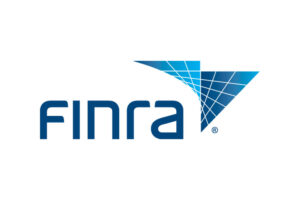The world of intellectual property can be complex, with various terms and processes that may seem daunting to those who are not familiar with them. Two common phrases often encountered in this realm are “patent pending” and “patent issued.” These terms are associated with the protection of inventions through patents, but they refer to very different stages in the patent process.
In this article, we will explore what “patent pending” and “patent issued” mean, how they differ, and why, in many ways, there is little practical difference between the two. Let’s dive in.
What Does "Patent Pending" Mean?
“Patent pending” is a legal term that refers to an invention that has been submitted to the United States Patent and Trademark Office (USPTO) but has not yet been granted a patent. When an inventor or company files a patent application, they receive a filing date and an acknowledgment from the USPTO. From that moment, the invention is considered “patent pending.”
A key aspect of patent pending status is that the applicant has submitted their claim for protection, but it is still under review. The application will go through an examination process where a patent examiner assesses whether the invention meets the necessary criteria for a patent, such as novelty, non-obviousness, and usefulness. During this time, the patent application can be modified or rejected, and the final decision on whether a patent will be granted can take years in some cases.
While the invention is in the patent pending phase, the applicant is allowed to mark their product or invention as “patent pending.” This acts as a warning to others that the idea is under consideration for patent protection, which can deter competitors from copying or using the invention without authorization.
What Does "Patent Issued" Mean?
On the other hand, “patent issued” refers to a stage where the patent application has successfully passed all examinations and is granted official protection by the USPTO. Once the USPTO approves the application, it issues a patent, which is a legal right that prevents others from making, using, selling, or distributing the patented invention without the permission of the patent holder.
A granted patent is a powerful tool, as it provides the inventor or company exclusive rights over the invention for a specified period (usually 20 years from the filing date for utility patents). Once a patent is issued, it is published publicly and is now a part of the public record. The patent holder has the legal right to defend their invention against infringement and to assert their ownership.
Key Differences Between Patent Pending and Patent Issued
At first glance, the difference between “patent pending” and “patent issued” seems quite significant—one is a sign that an invention is in the application process, and the other signifies that an invention has been granted legal protection. However, the functional differences in terms of commercial impact are not as stark as they might seem.
Let’s explore the nuances:
- Legal Protection:
- Time Frame:
- Market Perception:
- Infringement:
- Costs:
Almost No Practical Difference
While the distinction between “patent pending” and “patent issued” may seem like a matter of significant legal and commercial importance, the practical difference is often minimal in many cases.
The most significant difference is that despite the invention being legally protected during the “patent pending” phase, the patent holder cannot enforce his rights until the patent is issued.
However, the “patent pending” status itself can still offer some strategic value, acting as a deterrent to would-be infringers and signaling the innovativeness of the product or invention.
For businesses and inventors, the primary value of both statuses lies in their role as indicators of innovation, as many commercial and marketing decisions are based on the anticipation that a patent will eventually be granted.
Therefore, while the stages of “patent pending” and “patent issued” differ from a legal perspective, the overall impact on business operations may be subtle. In many cases, the commercial activities surrounding a patent are very similar regardless of whether the patent is still pending or has already been granted.
Ultimately, the real-world difference comes down to whether the patent holder can enforce their rights—something that only happens once the patent is officially issued.







